Picture of Christian Doppler
The University of St. Andrews, Scotland
Christian Doppler
Christian Doppler was an Austrian mathematician who lived between
1803-1853. He is
known for a principle he proposed in 1842. This is now known as the
Doppler Effect.
He thought that the pitch of a sound would be different if the source of the
sound was moving.
Doppler's hypothesis was tested by Buys Ballot in 1845. He used two sets of trumpeters. One set
was at a train station and one set was on an open train car. The train
car was pulled past the station. Both groups of trumpeters played the
same note but the notes didn't match. The frequency of the notes had
changed.
Later, a scientist named Fizeau went further with Doppler's work and
applied it to light, too. Doppler had only worked out his theory for
sound.
You might also be interested in:

How did life evolve on Earth? The answer to this question can help us understand our past and prepare for our future. Although evolution provides credible and reliable answers, polls show that many people turn away from science, seeking other explanations with which they are more comfortable.
...more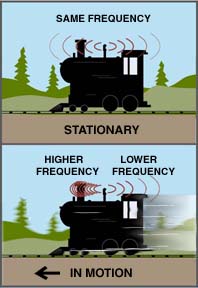
The Doppler effect was named after Christian Doppler, who first came up with the idea in 1842. He learned that sound waves would be pushed closer together if the source of the sound was moving toward you.
...more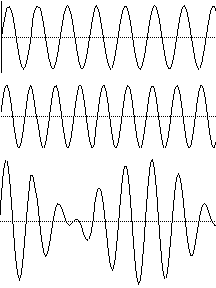
Sound travels in waves. When the waves hit your ear, you hear a sound. Have you ever noticed the waves in the ocean? They go up and down, up and down. Sound waves act the same way. The number of times
...more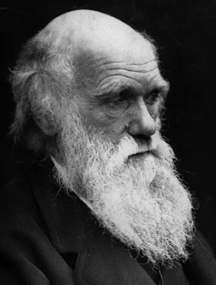
Charles Darwin was an English Naturalist who lived between 1809-1882. One of the most famous and influential scientists of all time, his ideas changed the ways all other scientists thought. Darwin started
...more
Christian Doppler was an Austrian mathematician who lived between 1803-1853. He is known for a principle he proposed in 1842. This is now known as the Doppler Effect. He thought that the pitch of a sound
...more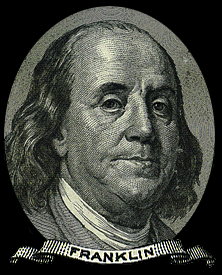
Ben Franklin was an American scientist and statesman who lived between 1706-1790. He studied electricity and learned of its dangers and possible uses. Franklin developed many inventions that made people's
...more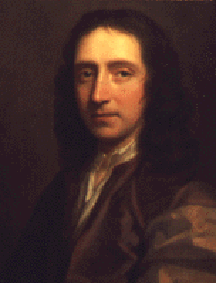
Edmond Halley was an English astronomer who lived between 1656-1742. He reasoned that the same comet which he saw in 1682 had appeared before and predicted that it would appear again, about every 76 years.
...more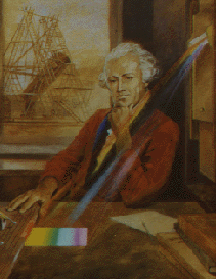
William Herschel was born in Germany. He moved to England and worked there most of his life. He lived between 1738-1822. He built powerful telescopes which let him observe the heavens with greater detail.
...more














